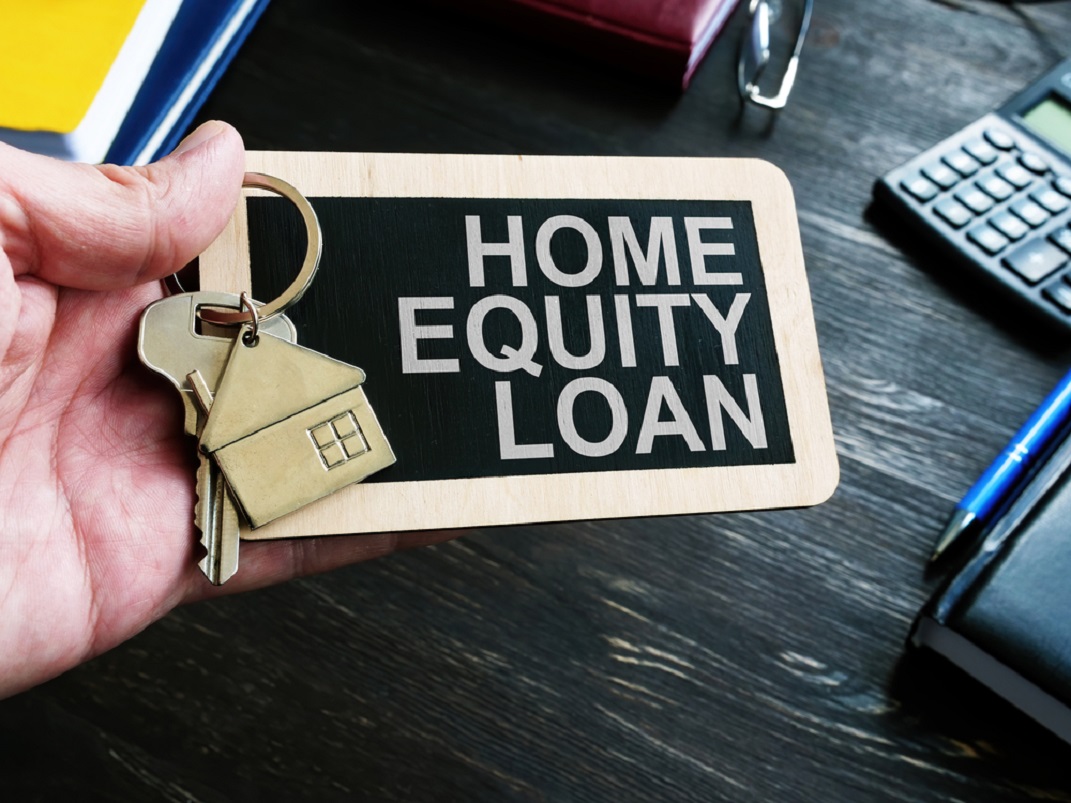Want to crunch the numbers on your home equity? Our financial calculator is a simple, stress-free tool to help you make the right financial choice: a traditional home equity loan or a Truehold sale-leaseback.
This free online tool compares the financial outcome of taking out a home equity loan versus initiating a sale-leaseback with Truehold.
To start, you’ll need to input these figures:
- An estimate of your home’s value
- Your outstanding mortgage
- The monthly payment your mortgage
- Your property tax
- The sum of additional expenses like insurance and HOA fees
Using the numbers attached to your property, the home equity loan calculator will give you a fully custom look at the following for both a standard home equity loan and a Truehold sale-leaseback:
- The amount of equity you’d unlock
- Your monthly payments, whether toward rent or your mortgage
- Other recurring expenses (or lack thereof), like taxes, insurance, and maintenance
The financial calculator will also reveal how much money you could save with Truehold.
Here’s The Deal On Home Equity
Equity refers to the value of your home, minus your outstanding mortgage. You can think of it as the amount of your home that you own or the percentage you’ve already paid for. For example, if your home was worth $500,000 and you had $100,000 left to pay on your mortgage, the value of your home’s equity at that moment would be $400,000.
People often refer to equity as being “locked up” in a home. What they mean is that you technically possess a valuable sum, but you can’t access that money—it’s not available for you to use. When big expenses arise, like medical bills, college tuition, emergency repair, or a new vehicle, many homeowners choose to unlock their equity and access their cash.
Truehold’s home equity solution allows you to obtain that value debt-free without moving out of the home itself.
So, How Do Home Equity Loans Work?
To unlock their equity, some homeowners will choose to take out a home equity loan from the bank. Often referred to as a second mortgage, this is a loan taken out against the value of your home’s equity.
Per our earlier example, where you have $100,000 left to pay on your $500,000 home, this means a home equity loan could net you $400,000 dollars from the bank, which would serve as a home equity payment that you’d have to pay back monthly over time—with interest. Home equity loan interest rates will usually be lower than on a credit card, but higher than on your primary mortgage, meaning this increased access to capital comes at a price.
Because the collateral for the loan term is your house itself, home equity loans can be risky for some homeowners and require a very careful arrangement of family finances. While these loans offer an initial burst of financial freedom, they’re still a form of debt that exists within a repayment period.
Comparing Conventional Loans And The Truehold Method
Accessing your home equity can be a life-changing decision. Truehold’s sale-leaseback method offers a debt-free alternative to taking out a loan, wherein you can obtain the cash value of your home and continue living in it.
So, how do the options two stack up?

HOME EQUITY LOAN
- Receive the value of your home equity, but pay it back over time with interest
- Continue paying property tax, insurance, HOA fees, and other expenses
- Take responsibility for all major repairs
- Make a monthly commitment to paying off debt, likely for decades
- Watch the value of your home spike and drop as the market changes

TRUEHOLD
SALE-LEASEBACK
- Receive the value of your home equity, and use it as you please
- Stop making regular payments like property tax, insurance, HOA fees, and more
- Turn to your landlord—Truehold—for repairs and maintenance
- Make monthly rent payments as long as you decide to stay in your home
- Become fully debt-free in a snap
- Protect the value of your home from market fluctuations








